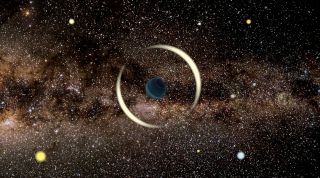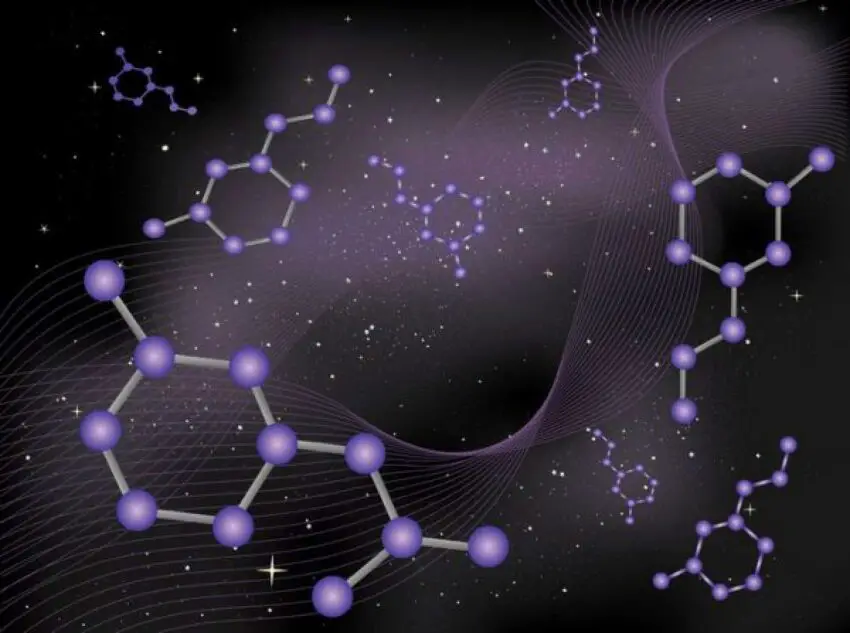5 Alternate Origins of Life Theories
Table of Contents
We might not yet know for certain where we came from or how life on Earth had begun in the first place, but throughout history, there have been many theories.
Scientists believe the know how, once life began, it was able to proliferate and diversify to the point where it filled (and in some cases created) every niche on the planet. However, one of the most obvious big questions – how did life emerge from inorganic matter? – remains a huge question.
The most widely accepted theories are Darwin’s theory of evolution and Creationism. That’s not to say, however, that there haven’t been others. Below you can find five examples of theories about the origins of life on Earth.
Aliens
A recent study implies that life on Earth began as a result of “organic molecular cocktails” spreading throughout the stars, and some of them ending up on Earth and taking root in the habitable environment. The seeds could’ve been carried via comets or asteroids. Researchers are comparing this notion to an epidemic – life infecting the galaxies, so to speak.

This theory is, as of yet, neither confirmed not disproven, so it’s quite possible that the truth is indeed out there. If it is, it can serve as the official confirmation that we aren’t alone in the Universe!
Catastrophism
The essence of the theory of consecutive creations, or catastrophism that originated in France in the 1800s is that the Earth has previously suffered a series of catastrophic events, each of which destroyed the existing life, thereby giving another form of life a chance to develop. If we consider this theory to have some merit, then it carries strong implications that there will be another series of catastrophic events on the Earth soon, if it’s not already happening. This idea that’s quite similar to “The Butterfly Effect” theory predates the theory of evolution, which is not on this list.

Clay
This Richard Dawkins-approved theory claims that the organic molecules have formed from the non-organic ones, particularly silicate crystals. The theory originated in the 1980s in Scotland and it kind of goes hand in hand with the DNA’s function of information storage. According to the theory developed by organic chemist Alexander Cairns-Smith, the non-organic clay molecules have arranged the organic ones into certain patterns, and after a while, organic molecules began to organize themselves into DNA patterns that we know today.

Cairns-Smith found a more receptive audience among science journalists and the general public. Other scientists were intrigued as well: in his 1986 book The Blind Watchmaker, evolutionary biologist and author Richard Dawkins discussed the crystals-as-genes hypothesis.
Panspermia
People have pondered the origins of life on Earth for millennia. Theories abound, ranging from religious ideology to the entirely scientific to those bordering on science fiction. The panspermia theory, which implies that life on Earth did not originate on our planet but was transported here from elsewhere in the universe, is one possibility that straddles this line. While this may seem like something out of a science fiction novel, some evidence suggests that an extraterrestrial origin of life may not be such a far-fetched idea.

Panspermia’s notion is that life is distributed throughout space and time through meteoroids, asteroids and planetoids. The bacteria carried by them, while mostly dormant, are extremely adaptable and if presented with the ideal conditions, they awaken and the evolution process begins.
While this theory, together with the aliens theory, provide a somewhat reasonable explanation for how life began on Earth, it doesn’t really explain how it began in outer space and therefore poses even more questions for scientists.
Spontaneous Generation
This is probably the oldest theory on the list – some even claim that it began with Aristotle. The philosopher was a keen observer of nature, which helped him conclude that living matter generated from non-living matter (like mice from rotting hay). As evidence, he cited several instances of animals reappearing in previously devoid environments, such as the seemingly unexpected reappearance of fish in a new puddle of water. The theory had stood the test of time for over 1500 years until it was ultimately disproven by microbiologist and chemist Louis Pasteur in the 19th century. He managed to prove that microorganisms couldn’t develop in vacuum, which earned him the Alhumbert Prize of the French Academy of Sciences.
Oh, and if you thought that was enigmatic, consider this: scientists admit they also don’t have a decent definition of life!
